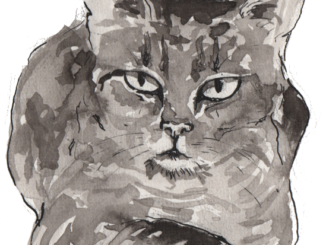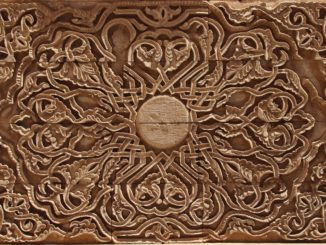Presented at the 33rd International Conference on Perceptual Control Theory, 2023
Abstract
In this talk I propose and illustrate how, although the mechanism is similar, reorganisation looks different at every level of the perceptual hierarchy. Based on my chapter on Powers’ 11 levels of perceptual control (de Hullu, 2023), I will explore how the process of reorganisation (the process of random change within control systems) is experienced differently at every level of the hierarchy. This will shed light on current discussions about the process of reorganisation.
I will propose the following explanation:
Level 11 (system concepts) controls through guarding the integrity of the entire system; for example a worldview or identity. Reorganisation at this level is the integration of new perceptions in your worldview and is experienced as curiosity. Level 10 (principles) controls through taking care that important clusters of perceptions (principles) in our perceptual organisation are currently met (such as intrinsic variables or personal values). Reorganisation at this level looks like gaining insight. Level 9 (programs) controls through making choices between underlying sequence perceptions in a branching structure. Reorganisation at this level is simple: a new choice, a new way to solve a problem. Imagining is the process of reorganisation at this level. Level 8 (sequences) controls through ordering perceptions in time, space or process. Reorganisation at this level is like shifting attention or being distracted into another sequence. Level 7 (categories) controls through organising perceptions into distinct categories. Reorganisation at this level looks like creative and out-of-the-box thinking: seeing something in a new way. Further down the hierarchy, reorganisation can look like making new connections at level 6 (relationships), noticing and shifting attention at level 5 (events), zooming in and out at level 4 (transitions), reconfiguration and shifting perspective at level 3 (configuration), feelings, emotions and sensations calling for attention at level 2 (sensations) and awareness at level 1 (intensities).
Looking at the perceptual hierarchy this way permits us to place many aspects of our experience (attention, awareness, distraction, choices, insight, curiosity) into the functioning of the perceptual hierarchy and label these as aspects of the reorganisation process.



